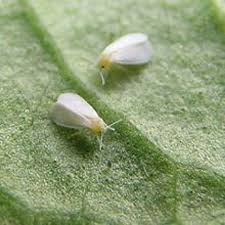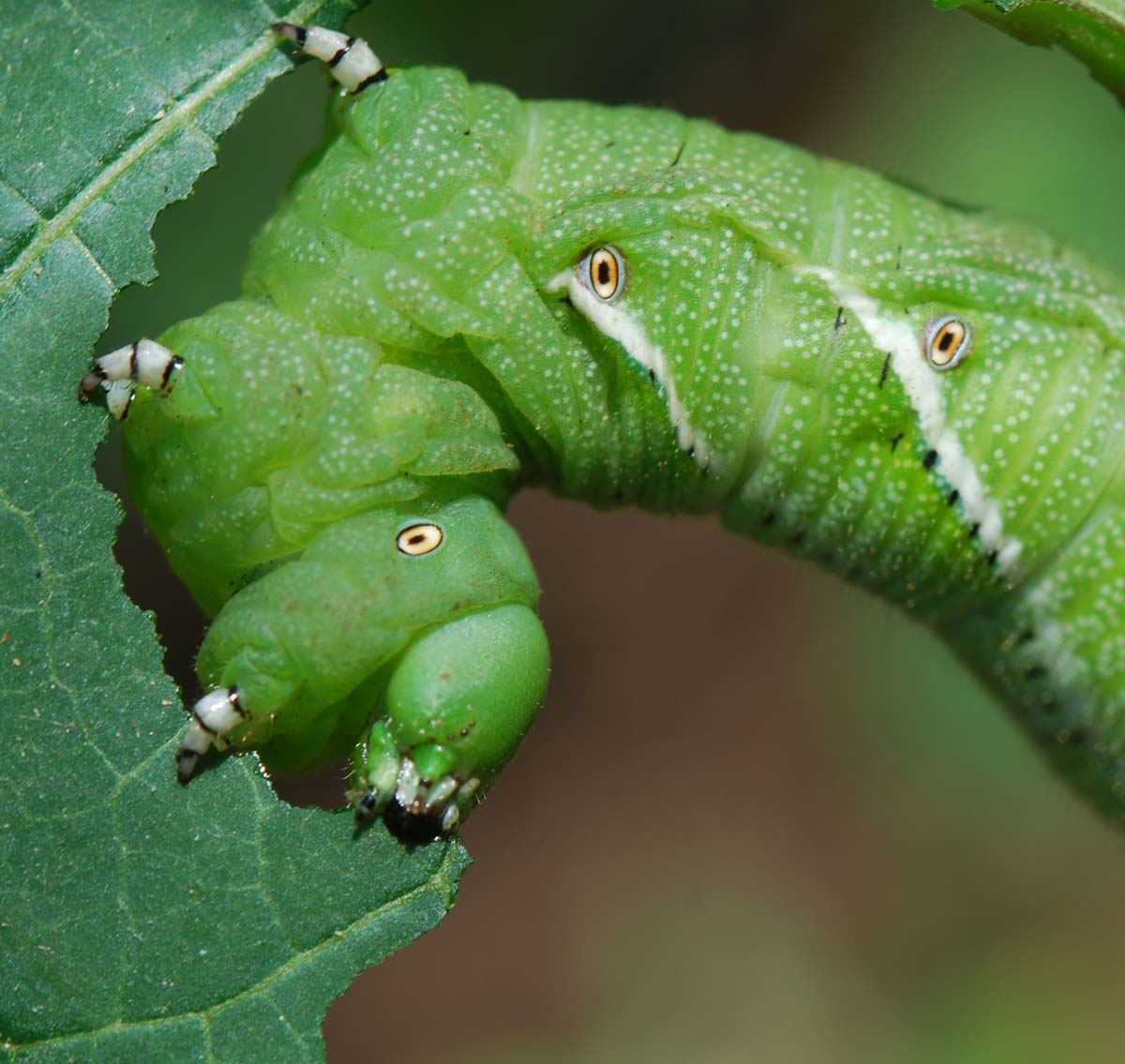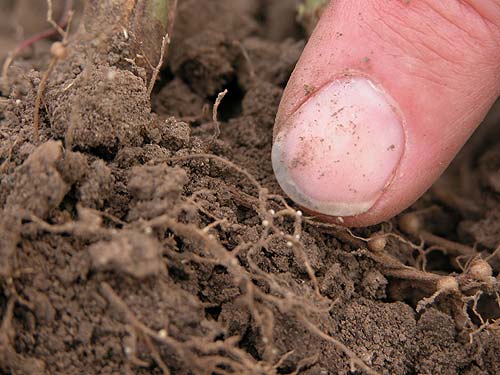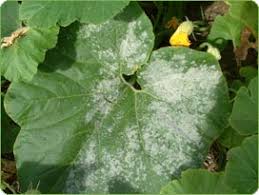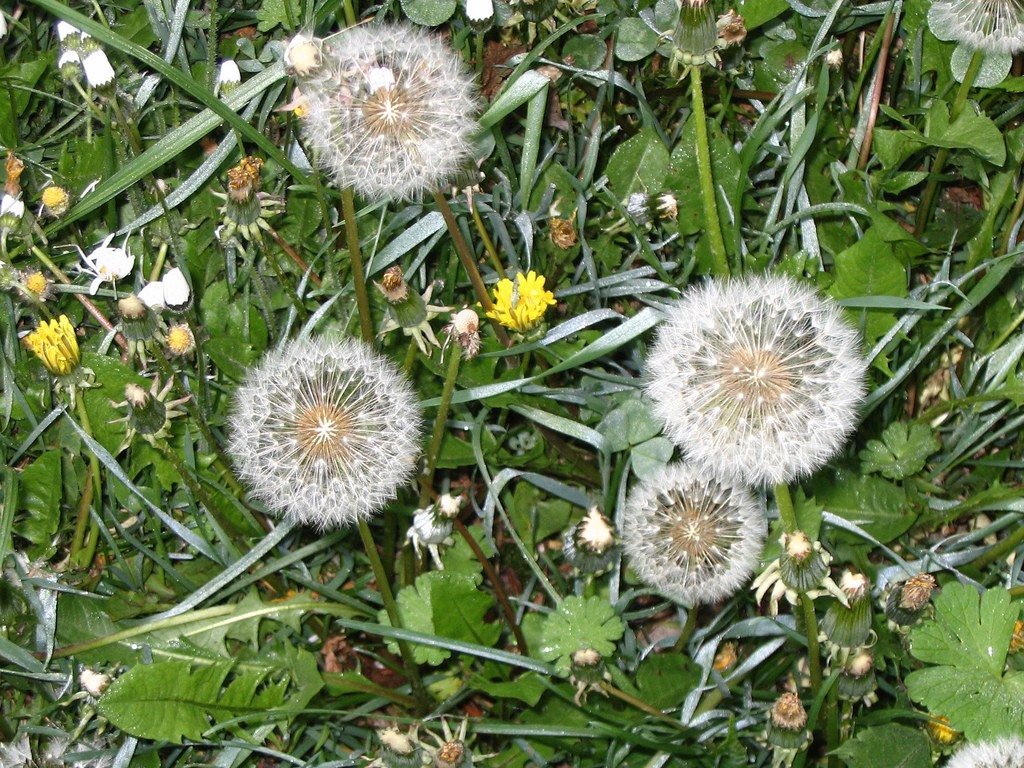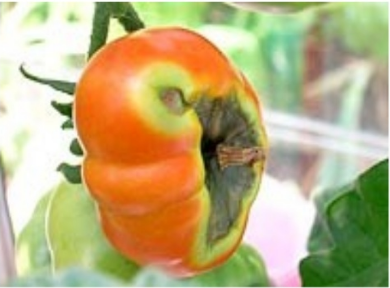Jasmine Detail
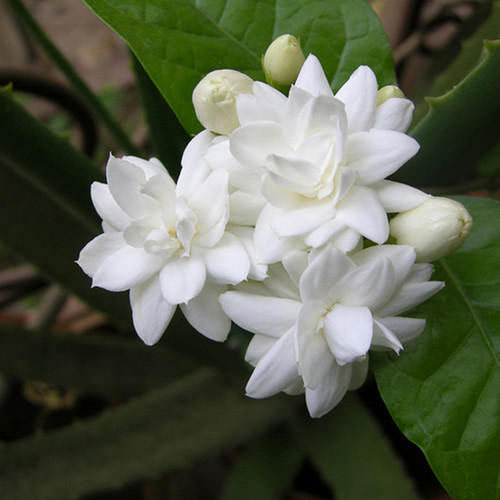
| Crop Detail Jasmine is known as the national flower of Pakistan it is pronounced as chambeli (Urdu) or yasmin (GIFT FROM GOD) via Arabic or it is locally called Motia, Jasmine sambac is a bushy vine or scrambling shrub with shiny dark green leaves and fragrant little white flowers. Originating in the foot hills of the Himalayas and Ganges plains, the plant was cultivated and brought to India, China, the Middle East and other regions. From there, it spread into France, Italy and the Mediterranean, and eventually it was introduced to the rest of Western Europe and Britain. Today, jasmine is grown and cultivated all over the world in its many varieties. Since jasmine has been cultivated all over the world for its flowers and scent, there are different varieties, and each type of jasmine is associated with different meanings. In Pakistan, Jasmine is a very common plant and one can find it in any garden. Because of its attractive scent, the white jasmine symbolizes attachment and represents amiability and modesty; therefore, Jasmine was named the national flower of Pakistan. |
|
| Major/Minor | Major |
|---|---|
| Temporary/Permanent | Temporary |
| Category | Agriculture Extension |
| Type | Ornamentals |
| Crop Climate Title | Tropical |
| Crop Water Method Title | Irrigated |
| Crop Duration | Perennial |
| Crop Economic Title | Cash Crop |
| Crop Growing Season | Kharif / Rainy / Monsoon Crops |
Pests, Weeds, Diseases and Disorders
Jasmine Crop Seed Varieties
| Name | Seed Rate |
|---|---|
| JASMINUM OFFICINAL (COMMON JASMINE) | Viable plants are planted one in each pit. |
| JASMINUM SAMBAC (ARABIAN JASMINE) | Viable plants are planted one in each pit. |
Jasmine Districts Wise Calendar
Stepnexs Services PVT Ltd © 2025 Agriculture Department KP

